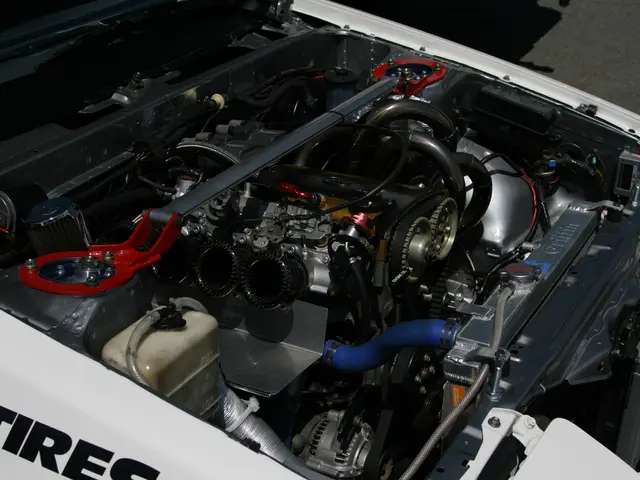Solar Industry Tackles Growing UV Degradation Concerns
The solar industry is addressing growing concerns about ultraviolet (UV) induced degradation in photovoltaic (PV) modules. This comes amidst the recent closure of California's Ivanpah Solar plant, a $2.2 billion project, which experts stress does not reflect on the industry's overall performance.
UV degradation, affecting the cell passivation layer irreversibly and causing a reversible dark storage effect, is a significant issue. Manufacturers and buyers are urged to include thorough UV testing in their quality control processes to mitigate risks. This testing can simulate about one year of European exposure, crucial for assessing the economic viability of large PV projects.
Industry concerns have been rising for around two and a half years. While there are currently no specific public concerns listed, the potential impact on technologies like TOPCon, PERC, and heterojunction modules is a cause for concern. The uncertainty in comparing indoor and outdoor UV degradation further complicates the issue. Manufacturers can control UV degradation through process control or encapsulant additives, but the effectiveness varies.
An update to standard testing procedures, including light soaking or stabilization after the UV test, is needed. The closure of the Ivanpah Solar plant does not signify industry failure. Instead, it underscores the importance of addressing UV degradation to ensure the long-term viability and economic sustainability of the solar industry.
Read also:
- "Eco-Scam": Unveiling the Truth about Electric Vehicles
- European transportation's sustainability and competitiveness rely on a "green industrial agreement" that serves the interests of both corporations and residents, as discussed in an Editorial from August 2024.
- Indian Oil Corporation's Panipat Refinery secures India's inaugural ISCC CORSIA accreditation for Sustainable Aviation Fuel production
- Putin's CTBT Move Threatens Global Nuclear Order







